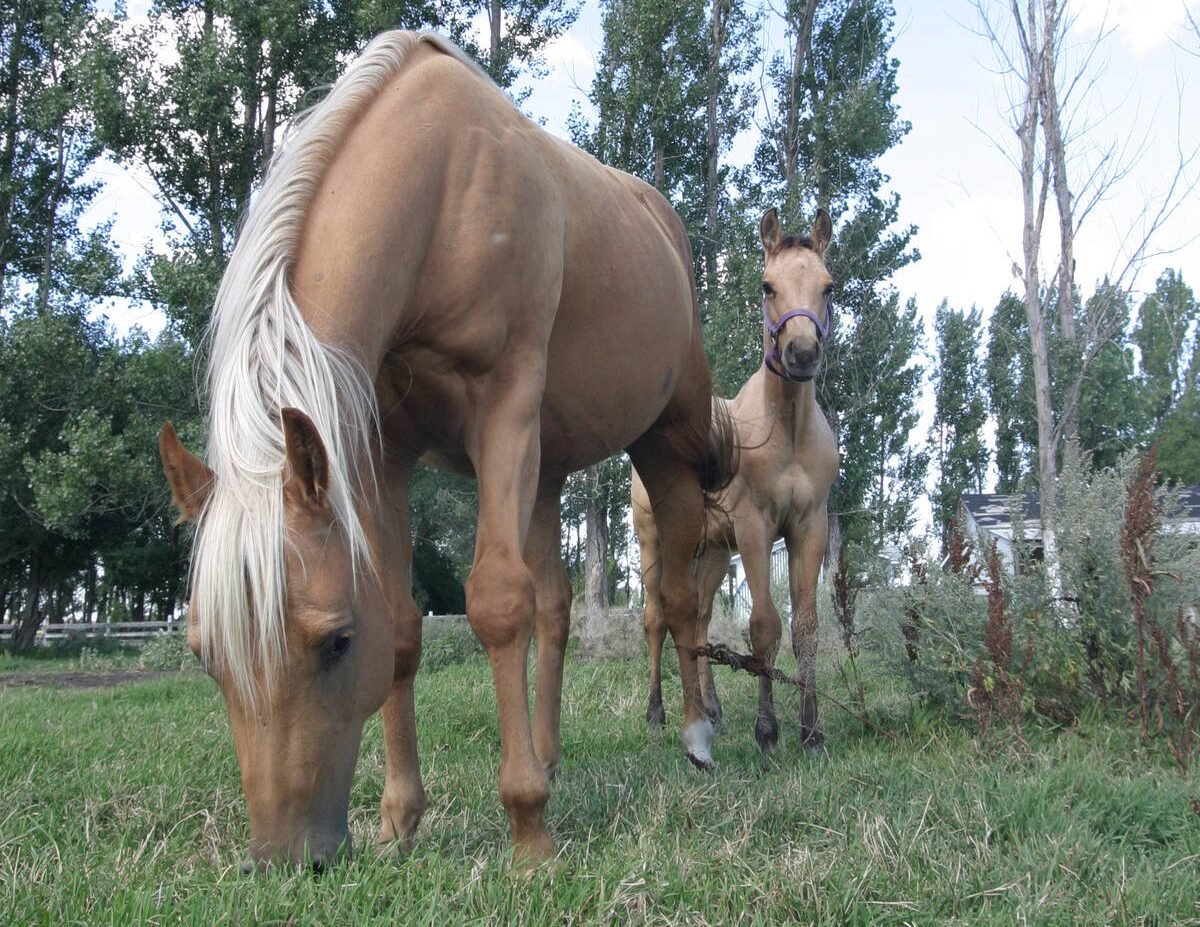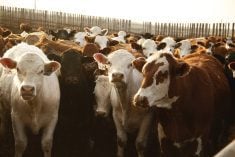KAMLOOPS, B.C. – As Canada’s cattle industry shifts from exporting live animals to shipping beef, the hunt for new markets is gaining importance.
A new opportunity could be the European Union, said Brad Wildeman, foreign trade committee chair for the Canadian Cattlemen’s Association at the group’s convention in Kamloops Aug. 17.
Canada and the United States share an 11,000 tonne beef quota to Europe. They have been locked in a disagreement with the EU about the use of growth hormones in beef for more than a decade with no resolution in sight despite appeals to the World Trade Organization.
Read Also

Growth plates are instrumental in shaping a horse’s life
Young horse training plans and workloads must match their skeletal development. Failing to plan around growth plates can create lifelong physical problems.
Canada has plenty to offer with solid traceability and food safety programs with a high quality, grain-fed beef.
“Our future is going to be marketing our product with a brand mentality around the world,” said Dennis Laycraft, CCA executive vice-president.
While the hormone dispute grinds through the WTO process, the doors may swing open because of need. Europe is shifting from being a beef exporter to an importer.
In 1999, EU member countries exported 440,000 tonnes of beef per year but now import almost the same amount.
Canada still does not have full access to the U.S., which is writing a new rule to allow imports of cattle older than 30 months. The rule’s status is unclear and most recently the U.S. Department of Agriculture gave priority to a rule allowing imports of whole cuts of boneless beef from Japan, said Wildeman.
Japanese beef had been prohibited since 2001 when Japan confirmed its first case of BSE in a native-born cow.
Canada’s negotiations with Japan indicate the Asian country is willing to accept beef from animals younger than 21 months of age without BSE testing.
This means producers must get the age of their cattle registered with the Canadian Cattle Identification Agency.
No one has offered to pay producers more if they have registered birth dates because there are so few registered animals available.
“The critical issue is that you need to get enough birth records in to allow the marketplace to show that there is actually premiums for producers to do that,” Wildeman said.
“It is going to be a very important component if people buy feeder cattle, because those cattle will be eligible for export to the U.S. and, from the packers’ perspective, if they are finished at under 20 months it’s going to allow that product to be sold into Japan at some pretty high values.”
Canada also needs to be aware of what is happening in China and Brazil, which are both increasing their cow herds.
India has the world’s largest herd at 324 million head but little is used for beef production.
Brazil has the second largest herd at 164 million, of which 47.5 million are beef cows. China has 133 million head, of which 65 million are beef cows.
Brazil has emerged as the world’s largest beef exporter while the U.S. is the world’s largest importer, consuming 25 out of every 100 pounds of beef produced in the world. North America consumes a third of all the beef produced. In 2004, the world produced 6.7 million tonnes of beef.
About 80 percent of Canada’s exports still go to the U.S. with another 13 percent to Mexico, four percent to Hong Kong and the rest to other smaller markets.















